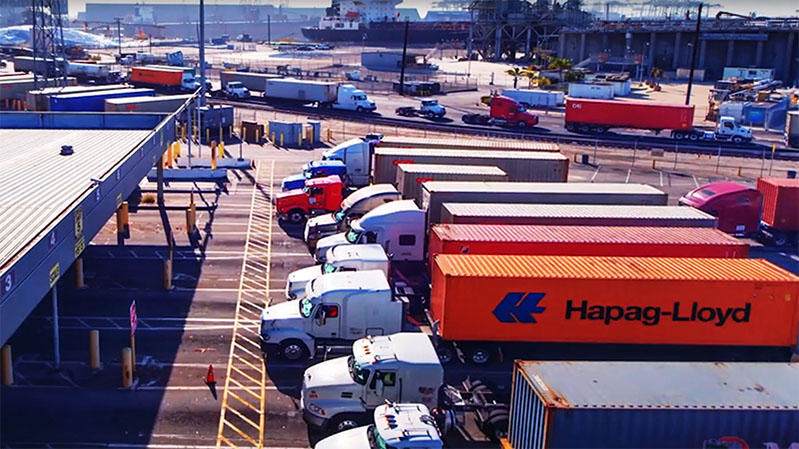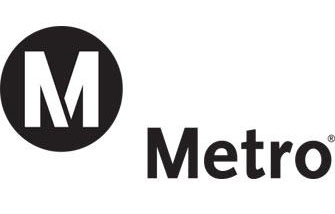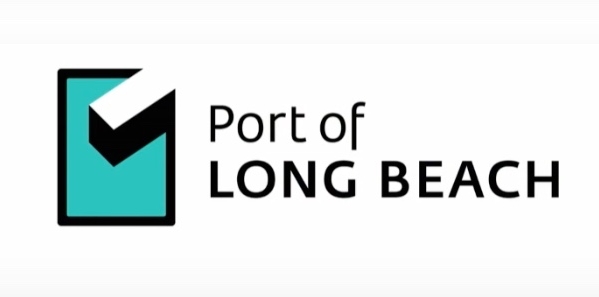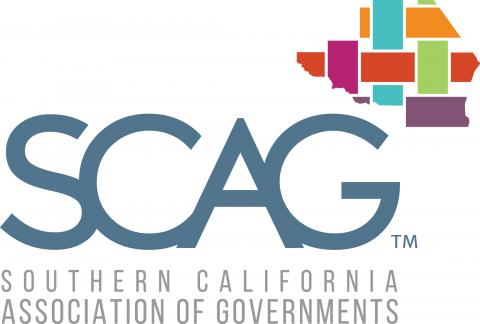Research Projects
Stop the VideoResearch Projects


Innovations in Transit? An In-Depth Case Study of the City of Monrovia/Lyft Public-Private Partnership to Increase Transit Ridership in Suburbia
Project Summary
Project number: PSR-19-19
Project description
This report presents several analyses that examine the implementation of the GoMonrovia program, a public-private partnership between the City of Monrovia and Lyft. These analyses and the questions that motivate them fall across two dimensions. First, what is the socioeconomic and demographic profile of first/last mile users, and to what extent does the program meet the first/last mile needs of especially those with low incomes and/or transit dependency? And second, to what extent has the GoMonrovia program reduced personal vehicle usage? In response to these questions, we confirm that households without regular access to a personal vehicle are significantly more likely to use GoMonrovia as a first/last mile mechanism. The same holds true for those living beyond one mile of Monrovia's Metro station. At the same time, we fail to generate evidence that those of prime working age or retirement age, as well as those who are relatively low-income, utilize GoMonrovia similarly. Further, we do not observe a significant substitution effect between GoMonrovia and personal vehicle usage. Based on these results, we make several policy recommendations for enhancing the community benefits of GoMonrovia and improving its replicability in other suburban areas of Southern California.
P.I. NAME & ADDRESS
Tridib BanerjeeProfessor and James Irvine Chair in Urban and Regional Planning, Sol Price School of Public Policy
650 Childs Way
Ralph and Goldy Lewis Hall (RGL) 301ALos Angeles, CA 90089-0626
United States
tbanerje@usc.edu
CO-P.I.
Deepak BahlProgram Director, USC Center for Economic Development
University Gateway - 3335 S Figueroa St
Los Angeles, CA 90089
United States
bahl@usc.edu















